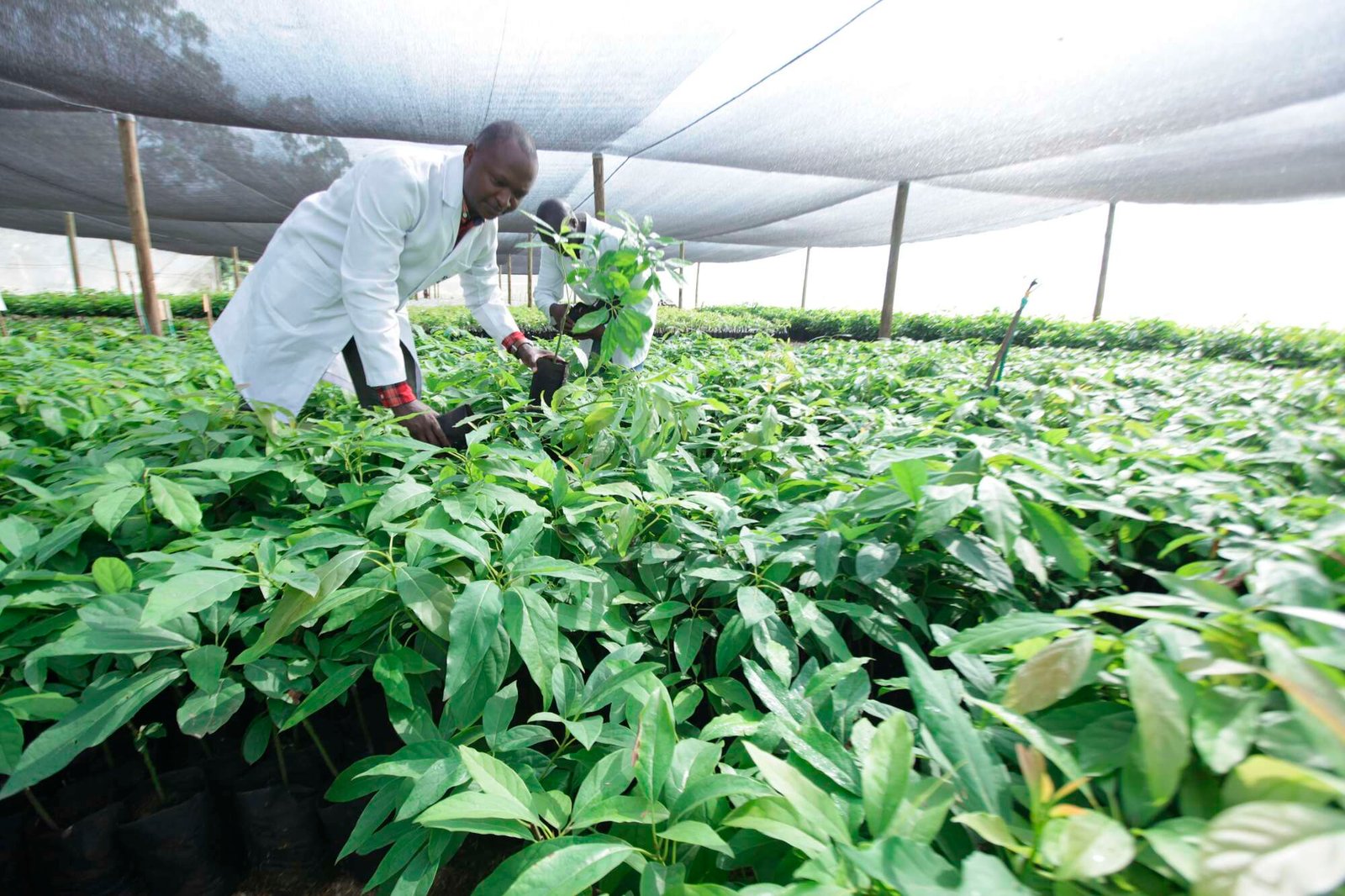[ad_1]
Experts want East African governments to consider farming innovation with regard to food preservation and value addition to reduce post-harvest losses and improve crop yields.
They add that current policies are inimical to the adoption of innovation. For example, high taxes on digital solutions have made it expensive for farmers to practice smart farming and value addition.
“Just three months ago, there was mango harvesting in Kenya’s eastern region. A lot of these could have been dried or converted to pulp for export, but because no value addition was done, the mangoes went to waste,” said Kenya Climate Innovation Centre Director Ernest Chitechi.
Chitechi, who was speaking during an agriculture exhibition by Agri-Africa Exhibition Ltd and Nation Media Group, called on governments to promote the adoption of new technologies in farming, for the region to become food secure.
“Now that the region is experiencing some rain, farmers are planting, so when it comes to harvesting, because they all mature at the same time, there will be an over production, meaning the supply and demand principle will always come into play. Why not help our farmers to add value and preserve their produce until a time there is no over-supply?” posed Chitechi.
Read: Paradox of feeding Africa’s starving millions
A prolonged drought, over-reliance on rain-fed agriculture as well as failure to adopt innovative farming practices have had serious implications on not only the agriculture earnings, but also the food security of the region.
In Kenya, according to the Economic Survey 2023 by Kenya National Bureau of Statistics, most agriculture sub-sectors recorded declined performance resulting in a contraction of 1.6 percent in the sector’s gross value.
Maize production decreased from 36.7 million bags in 2021 to 34.3 million bags in 2022. Tea production decreased from 537,800 tonnes in 2021 to 535,000 tonnes in 2022 on account of depressed rainfall in tea growing areas.
The volume of horticultural exports decreased from 405,500 tonnes in 2021 to 392,000 tonnes in 2022. The quantity of marketed milk decreased from 801.9 million litres in 2021 to 754.3 million litres in 2022 largely due to scarcity of fodder for livestock.
Lower production meant lower earnings from the sector. The situation was only worsened by the weakening of the local currency against the dollar, which made imports more expensive and slowed trade with the rest of the world.
[ad_2]
Source link



